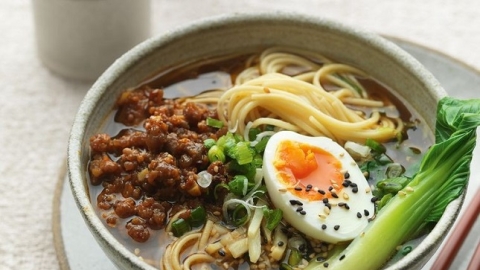Japan’s climate changes dramatically over the four seasons, which means that some foods can only be eaten for a short period of time. In order to fully appreciate and enjoy the gifts of nature, the Japanese have created a cuisine that is closely linked to the motto “food for each season”. The unique characteristics of each season’s landscape are transformed into motifs in paintings and engravings, and seasonal ingredients sold at markets contribute to the liveliness and joy of daily life. Therefore, seasonal Japanese cuisine must be enjoyed with all the senses – not only with taste and smell, but also with sight.
Spring Cuisine
It is no coincidence that the word “spring” is always paired with the verb “to open”. Spring in Japan is the season of the new school year, the new business cycle and the blooming of cherry blossoms. Cherry blossoms occupy an extremely important place in the consciousness of the Japanese people, so the cherry blossom festival is an indispensable activity in the spring.
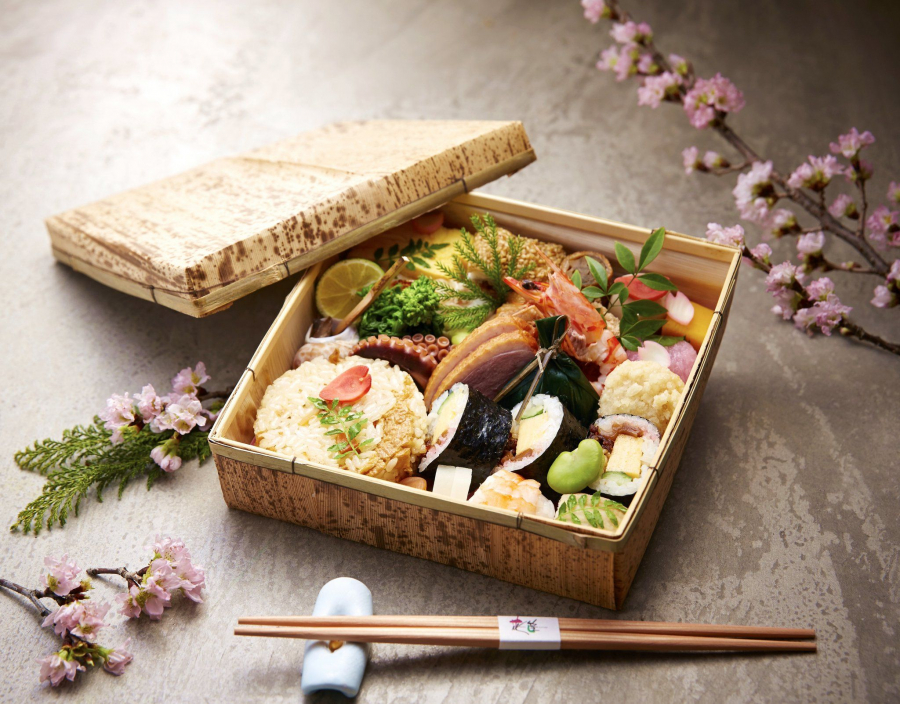
Spring bento box
Festival-goers often bring their own bento boxes or buy them at the mall. Even though they are pre-made, you won’t be disappointed because the main dishes are made from spring-specific ingredients such as golden heart (also known as horseshoe chrysanthemum), fresh bamboo shoots, rapeseed flowers, fatsia sprouts, spring cabbage, and green onions. In addition, asari gohan (clam rice) is also very popular every spring. For dessert, strawberry or sakura (cherry blossom)-themed dishes are very popular because they are not only typical spring foods but also have a beautiful pink color, suitable for the atmosphere of the cherry blossom viewing festival.
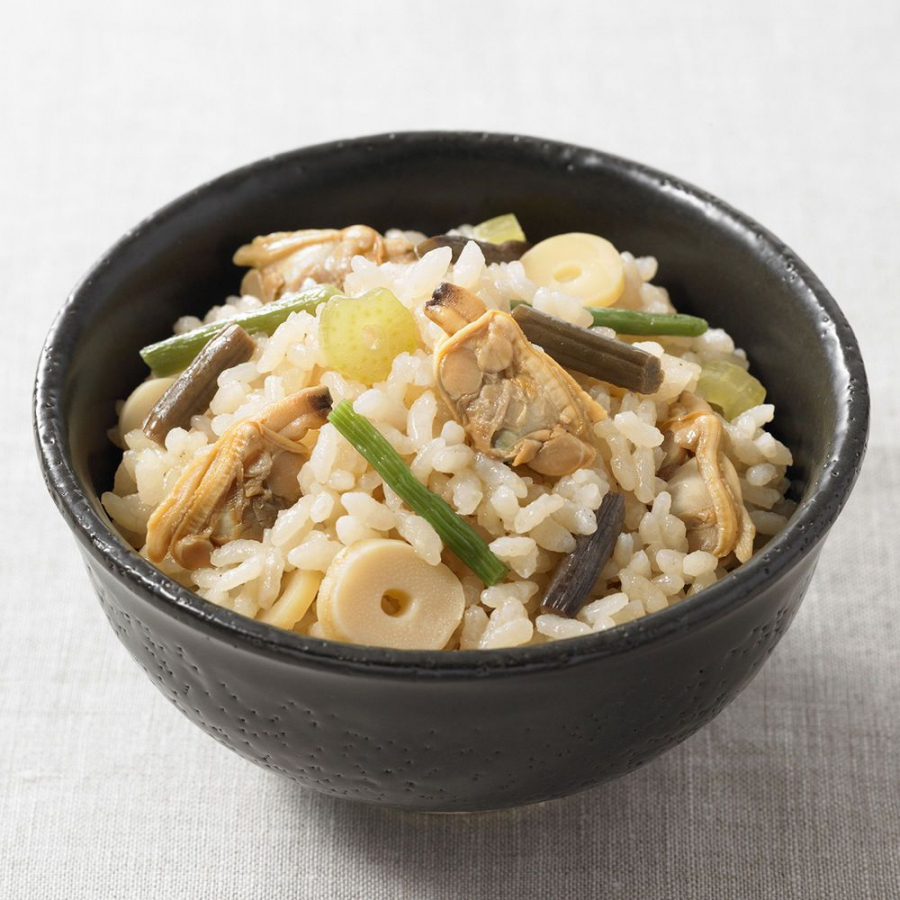
Asari Gohan Clam Rice
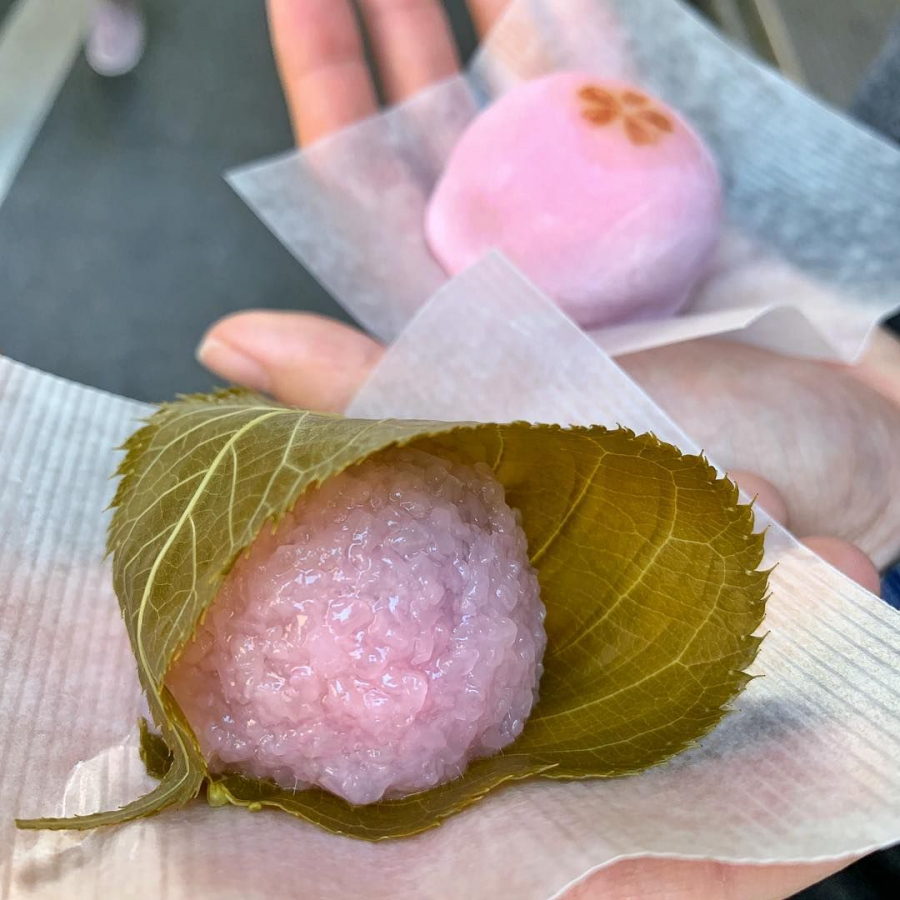
Sakura mochi
On the first days of the year, Japanese people often eat osechi ryori, a special dish eaten during the New Year week, and many other cakes made from rice flour such as mochi eaten with ozoni soup, which are usually eaten on the morning of the first day of the new year.
Summer Cuisine
Summer in Japan is known for its hot weather, lively festivals and colorful fireworks displays. People dress up in yukata and head to local festivals to enjoy the magical atmosphere and delicious food served at the stalls. After the rainy season in June, the temperature starts to rise and the hot and humid climate makes people crave for refreshing foods.

Iced Somen
Somen is one of the signature dishes of Japanese summer cuisine: extremely thin cold noodles, served with ginger-mixed fish sauce and scallions. Another popular dish is hiyashi-chuka, or cold ramen, in which chilled noodles are served with vegetables, kinshi tamago (thin omelet) and ham. What these dishes have in common is that they help create a delicious feeling in the heat of summer. In addition to somen and cold ramen, grilled eel is also a very popular choice because it quickly replenishes the energy needed to cope with the hot and humid climate.
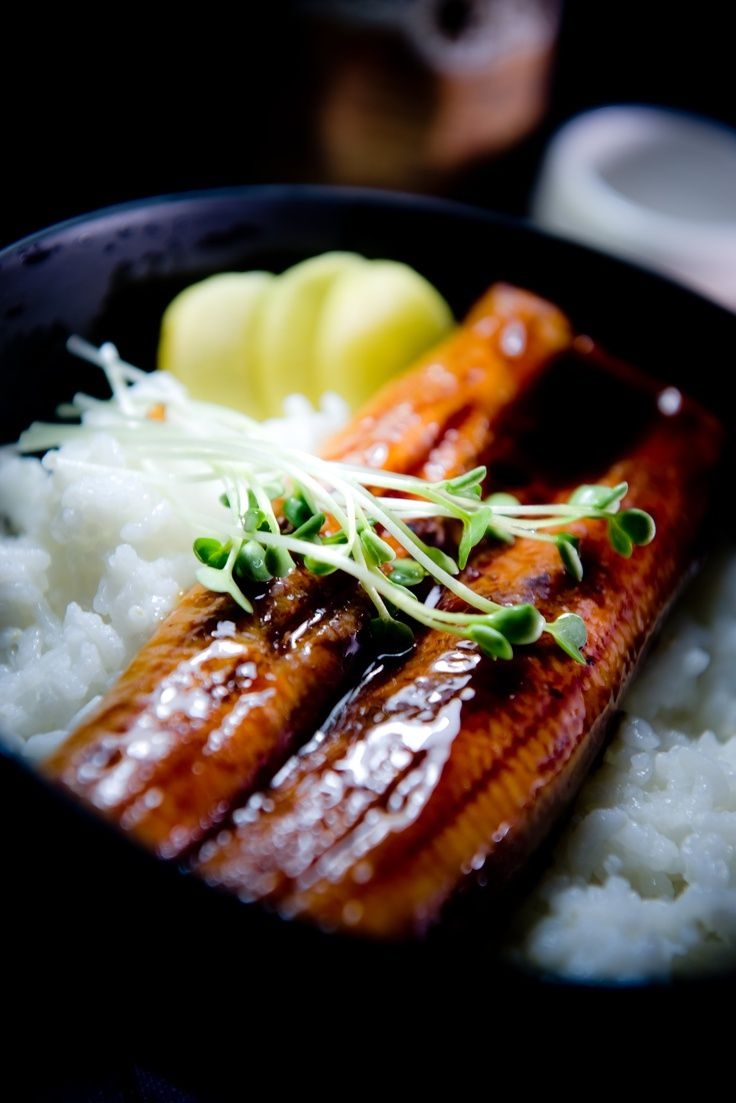
Grilled eel rice
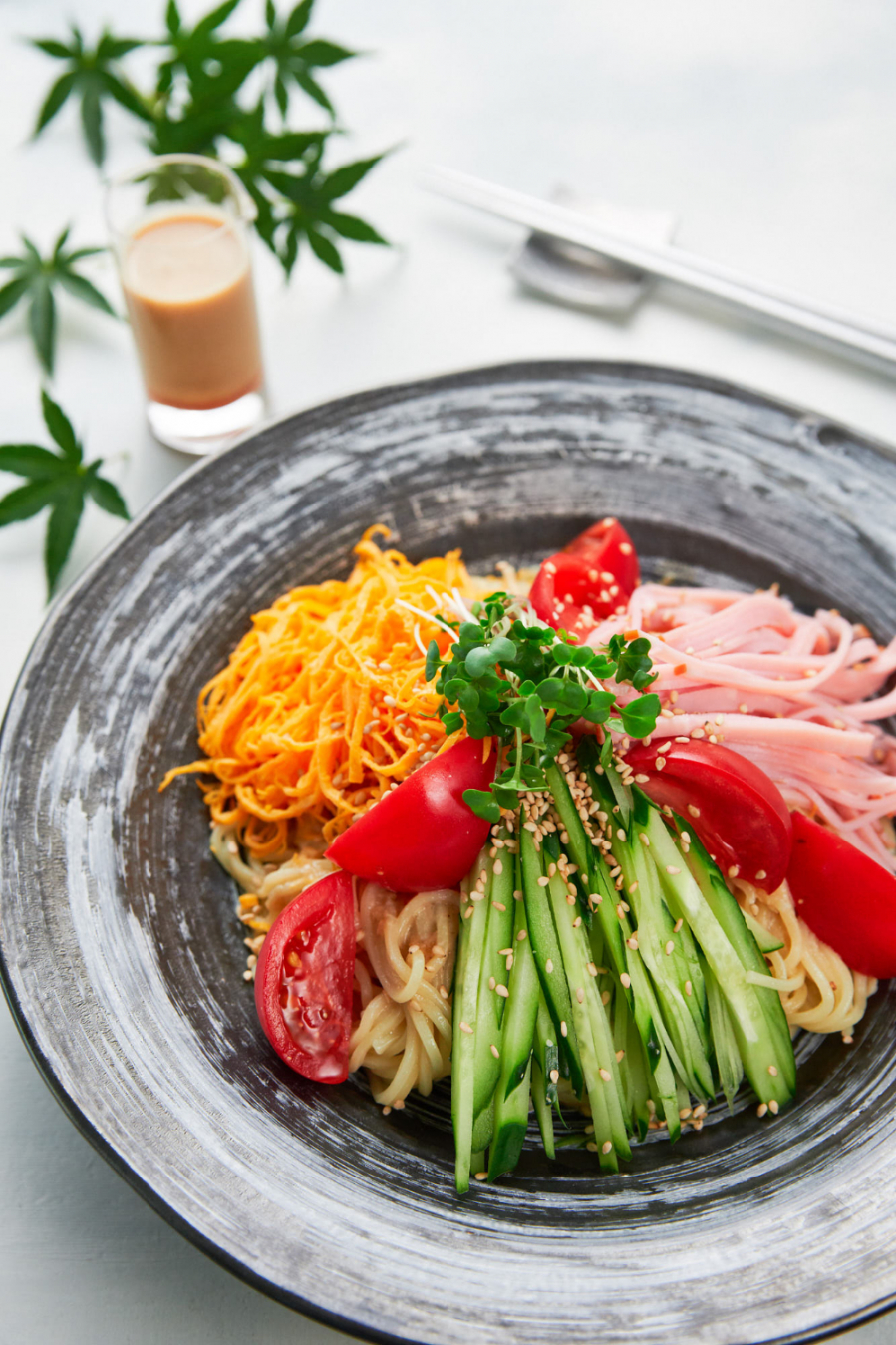
Hiyashi-chuka cold ramen
In addition, summer is also the time when people eat squid dishes, fresh vegetables and fruits, or sip a glass of beer with edamame, a type of boiled green beans on a hot summer night. Cool tofu pudding is also a popular dish in the Japanese summer, served with wasabi, thinly sliced ginger and a little fresh onion. This dish has a beautiful color, is cool and very good for the body. But the dish that Japanese people love most in the hot days of the Japanese summer is kakigori - shaved ice syrup. Everyone will enjoy shaved ice while immersing themselves in the atmosphere of the festival, what a wonderful feeling!

Kakigori - shaved ice with syrup
Autumn Cuisine
Autumn is perhaps the most relaxing season in Japan as cool breezes and mild sunny days replace the scorching summer days. The colors of the leaves begin to change, an event known as koyo. The Japanese not only love to see cherry blossoms, but they also love to enjoy the changing colors of the autumn leaves. Just like in spring, people rarely go out without their bento boxes filled with seasonal foods.

Grilled mackerel
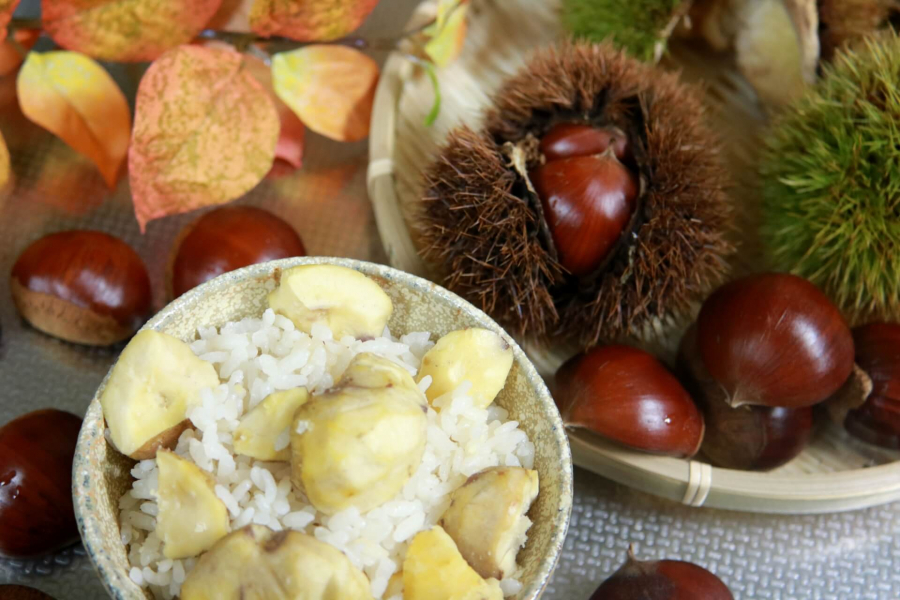
Chestnut rice
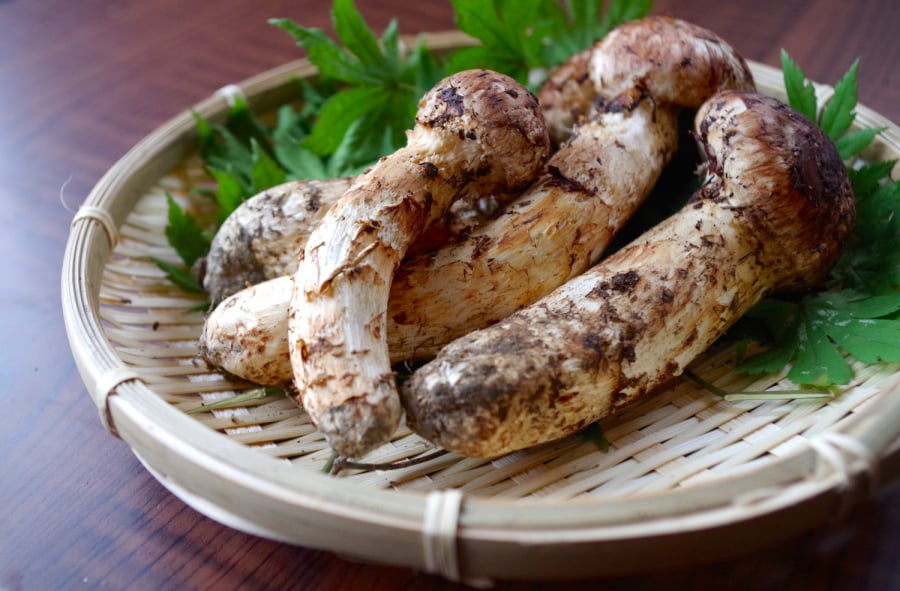
Matsutake mushrooms
Some typical autumn ingredients in Japanese cuisine are chestnuts, saury, and matsutake mushrooms. Chestnuts are often cooked with rice or used to make cakes and candies; mackerel is often grilled or dried, served with grated daikon; and matsutake mushrooms are considered a luxury gift because of their rarity and premium quality.

Autumn is also the season of ripe persimmons in Japan.
Late autumn is often the time to save fruits and vegetables for the coming winter. Persimmon is a representative fruit of Japanese autumn cuisine. You can enjoy it fresh or dried. Sometimes the Japanese also use them to make yokan jelly for dessert. In addition, many types of pickles are processed with vinegar and salt to store for winter.
Winter Cuisine
Finally, winter arrives with significantly colder temperatures and snowfall in some parts of Japan. People often prefer to stay cozy indoors and limit their daily activities to avoid the cold weather. Traditionally, families gather around the kotatsu, a low table with a heater underneath and covered with a blanket to keep warm.
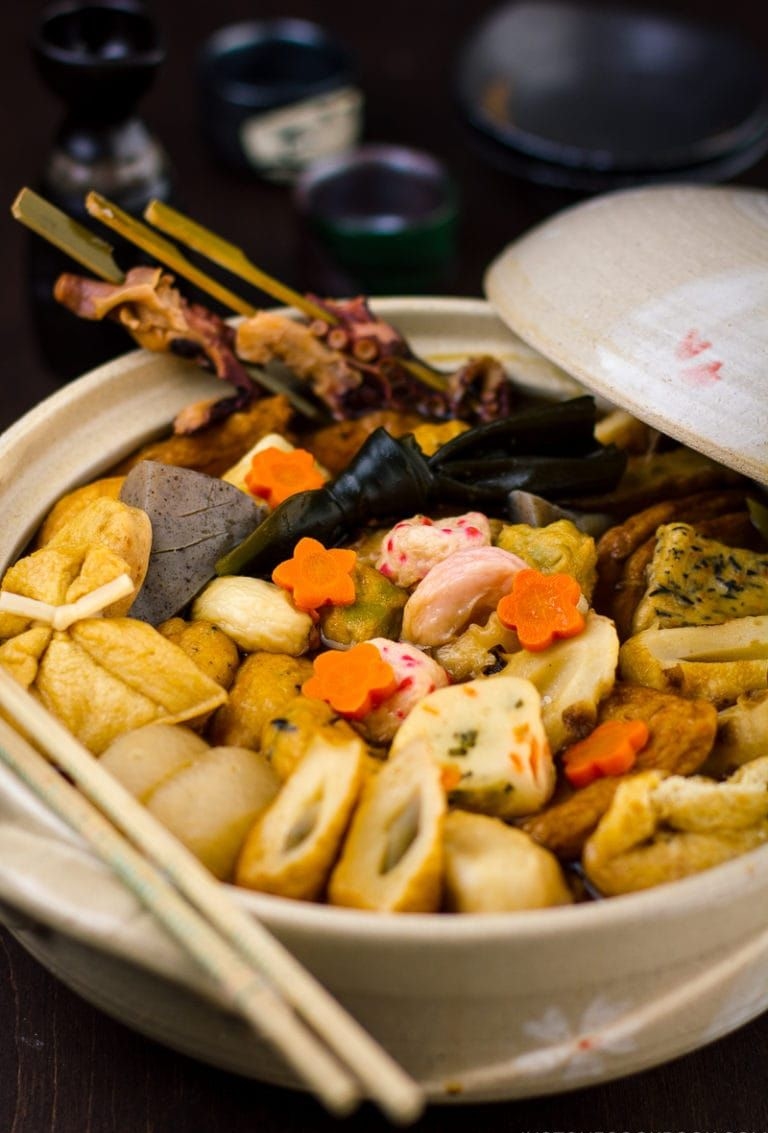
Oden hotpot
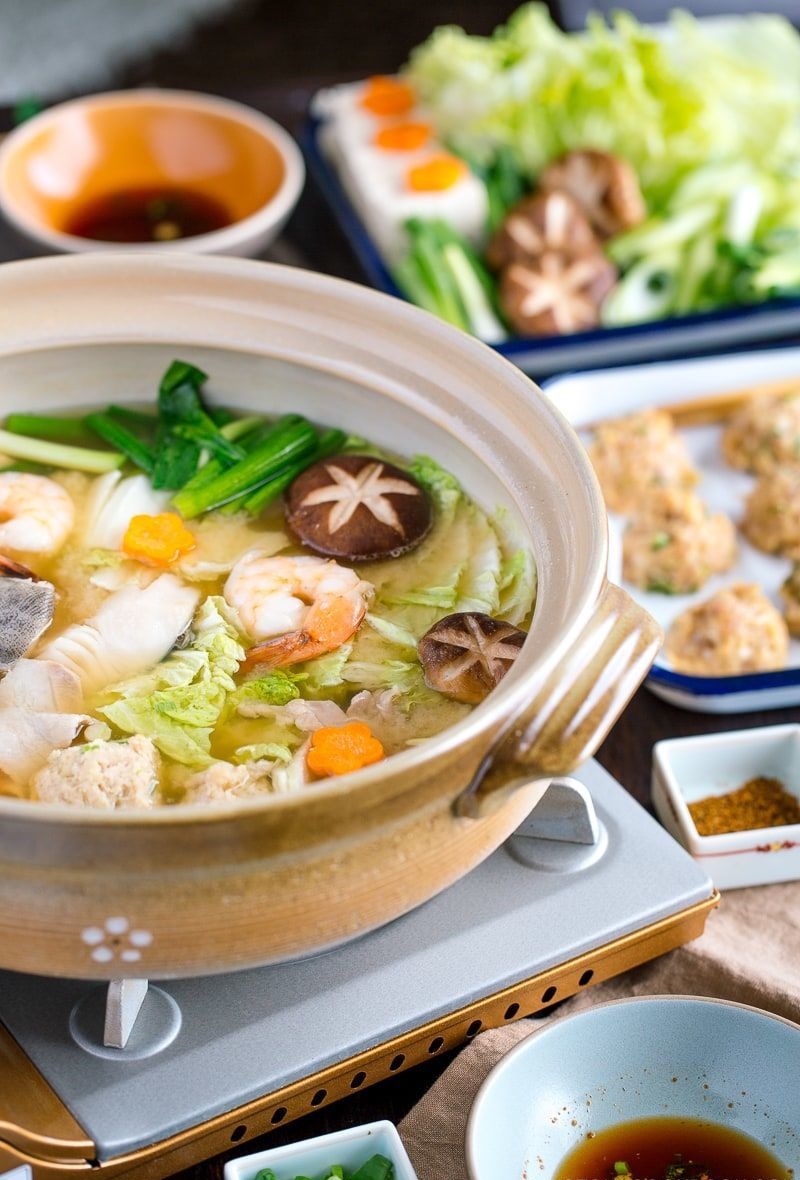
Nabe hotpot
Because of this warm and cozy atmosphere, nabe hot pot with its sweet taste has become a popular menu in Japanese cuisine in the winter. Not only that, nabe is also an easy dish to make because any ingredients can be used, such as vegetables, meat and seafood. Oden skewers are another popular hot pot dish, which includes several ingredients such as boiled eggs, daikon, yam and fish cakes stewed in broth. Oden is even available at convenience stores nationwide. Buri, or yellowtail, a fish that can be cooked teriyaki style or stewed with daikon, is also a favorite dish in the winter. In addition, during this season, Japanese people often start eating pickled plums with rice or udon noodles, because pickled plums have the ability to effectively relieve colds and clear the throat. But nothing beats the sweet taste of Wenzhou mandarins to nibble on after a meal, or at noon for an energy boost.
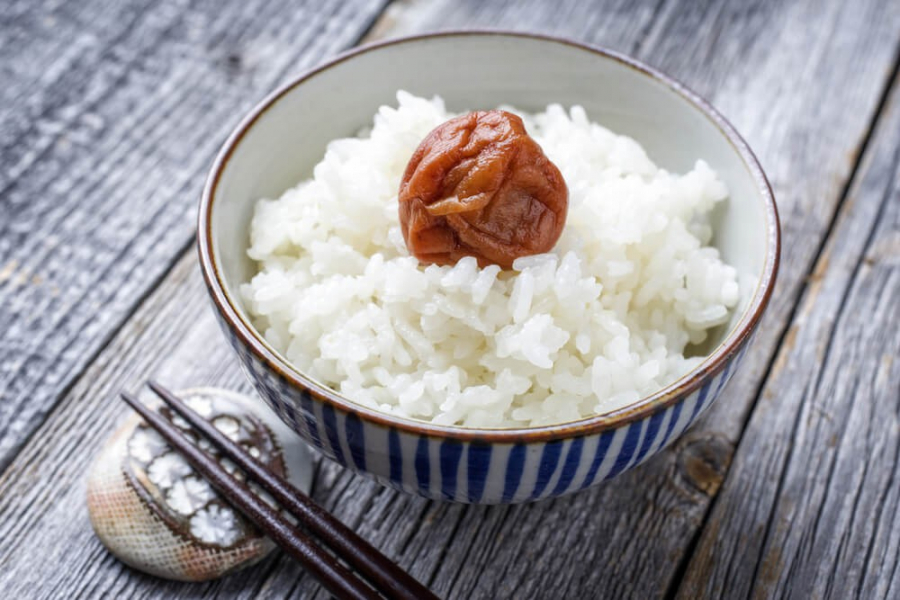
Salted plums eaten with rice
On the last day of the year, Japanese people often eat long noodles called toshikoshi, believing that the long noodles will bring longevity and good health in the new year.
Where to discover seasonal Japanese cuisine?
Just visit your local supermarket and it’s easy to see which ingredients are in season, as they are prominently displayed and often on sale. Many Japanese households always use ingredients that are in season to enjoy their best flavors. In high-end Japanese restaurants, chefs meticulously prepare artistic dishes that reflect the season. The key to Japanese cuisine is to highlight the natural flavors of each ingredient in each dish, which means that in-season foods are often featured on the menu. Traditional confectionery shops also follow the seasons closely, creating exquisite handcrafted works of art that represent the beauty of nature. Finally, in many cafes and convenience stores across the country, seasonal creations such as sweets or snacks are only available for a limited time, making them even more desirable.



























